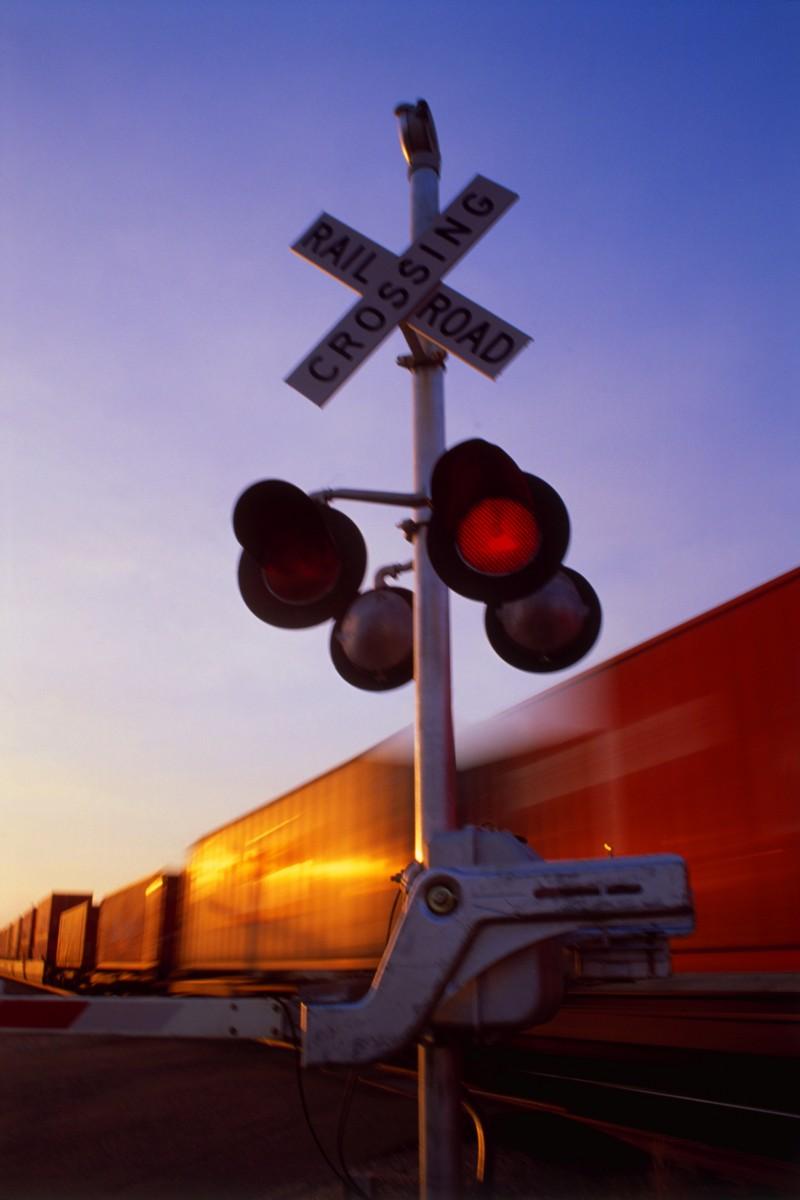The deaths of two headphone-wearing high school students who were struck by trains in separate incidents just hours apart last week brought home the dangers of being oblivious to surrounding sounds when walking near train tracks.
On Feb. 13 around 3:00 p.m., 16-year-old Jacob Hicks was hit by a train at a level crossing in Oshawa, Ont., while texting and listening to music on headphones. He died later in hospital.
The automated lights and bells at the crossing were active at the time, but police said the music Hicks was listening to was likely so loud it drowned out the warnings, according to media reports.
The same afternoon, 19-year-old Daniel McPherson was walking along the tracks in Leduc, south of Edmonton, when he was struck and killed by a freight train. He was also wearing headphones.
McPherson appeared not to hear the train’s squealing brakes and whistle as the driver tried desperately to alert him.
If a recent U.S. study is anything to go by, the tragic incidents demonstrate a growing problem, particularly among young people.
According to research from the University of Maryland School of Medicine and the University of Maryland Medical Center in Baltimore, the number of injuries and deaths in headphone-related collisions in the U.S. has increased dramatically in recent years—and the victims are mostly young males.
Between 2004 and 2011, the researchers reviewed 116 accidents in which injured pedestrians were documented to be using headphones.
Seventy percent of the 116 accidents resulted in the death of the pedestrian. More than two-thirds of victims were male (68 percent) and under the age of 30.
Fifty-five percent of the moving vehicles involved in the accidents were trains, and 29 percent of the vehicles reported sounding some type of warning horn prior to the collision.
The researchers came to the conclusion that the increased incidence of accidents over the years closely corresponds to the rising popularity of auditory technologies with headphones.
“Everybody is aware of the risk of cellphones and texting in automobiles, but I see more and more teens distracted with the latest devices and headphones in their ears,” said lead author Dr. Richard Lichenstein, associate professor of paediatrics at the University of Maryland School of Medicine.
“Unfortunately, as we make more and more enticing devices, the risk of injury from distraction and blocking out other sounds increases.”
Distraction, Sensory Deprivation
The researchers noted two likely phenomena associated with the injuries and deaths: distraction and sensory deprivation.
The distraction caused by the use of electronic devices has been dubbed “inattentional blindness,” in which an individual fails to notice a fully visible but unexpected object because his attention is otherwise engaged.







